Texas Motorcycle Law: Lane Splitting
Lane splitting in Texas is an often contested and wondered about practice for motorcycle riders. While it’s never safe to do in fast moving traffic, lane splitting has been made legal in a few states. It’s also common practice in most other parts of the world including in Asia and across Europe.
As motorcycle injury lawyers, it’s important to stay up-to-date on how state and local traffic laws move into law. See where lane splitting is legal in the United States.
Lane splitting, also known as “lane filtering,” isn’t permitted in Texas (yet). However it is some other states. In this post we’ll provide all the info you need to know about lane splitting in Texas, and across the U.S.
Motorcycle safety groups note that in heavy traffic lane splitting can be a safety tactic for riders. In general, co-commuting on the road with other larger vehicles such as cars and trucks is one of the biggest hazards for motorcycle riders. Next to inclement weather, other vehicles pose the largest threat to motorcyclists.
Riders sometimes refer to non-motorcycle vehicles as “cages.” While cars and most four wheel vehicles have an outer layer of protective covering, (even lined with airbags), there’s little to nothing protecting a motorcyclist in a severe crash. Being out on the road can be exhilarating. For many who seek motorcycles as a weekend holiday or their main method of transportation, riding can be a source of freedom. Fun as it is, riding comes with its own dangers and regulations.
What is lane splitting?
Lane splitting or “lane filtering” is when a motorcycle rides over the painted dashed lines in the road to pass between slow moving motor vehicles. Most often used in slow moving or stopped traffic, a motorcyclist will depart into the space between cars and travel past them in between the designated lanes for commuting. It is a practice used very regularly amongst many experienced motorcycle riders. Lane splitting cuts down on their commute time but the actual legal verification of the action varies state to state.
Is lane splitting safe?
Motorcycle rider advocates in Texas cite studies that show that lane splitting contributes to a significant reduction of rear-end rider fatalities. They argue that it can reduce rider injuries and reduce traffic congestion.
Even where motorcycle lane splitting is legal, motorcyclists are advised to take caution. Regulations prohibit the practice unless traffic is moving at a practical or literal stand still. Read on to see where lane splitting has been legalized, and why.
Is lane splitting legal in Texas?
Lane splitting has not been made legal in Texas.
Transportation code adopted in 2015 in Texas states that vehicles should drive completely within a single lane (not between.) And in Texas there are no specific driving laws permitting lane splitting, lane filtering.
Sec. 545.060. DRIVING ON ROADWAY LANED FOR TRAFFIC. (a) An operator on a roadway divided into two or more clearly marked lanes for traffic:(1) shall drive as nearly as practical entirely within a single lane;
Some Texas legislators have proposed changes to the state’s lane filtering laws. As recently as 2019, lane splitting bills were introduced in the Texas Senate, but it isn’t the first time.
Texas Lane Splitting Laws
There is a long history of lane splitting laws filed, and supported by bipartisan members of the state legislatures. However for legislation to be passed recognizing lane splitting, advocates will have to look ahead to the 2021 legislative session.
Previous Attempts at Lane Splitting Legislation in Texas
No legislative bills regarding lane filtering were introduced during the 2021 legislative session.
In 2019, SB 273 addressed lane splitting – but the bill never made it out of the Senate transportation Committee of the 87th Texas Legislature.
Before that in 2017, a bill was filed in the Texas Senate Transportation Committee again by Kirk Watson, a Democrat from Austin. It was not voted on by the Transportation Committee. SB 288 died in the Texas Senate Transportation Committee. See the full record of the bill LegiScan.
In 2015, two separate bills were filed on both sides of the Texas legislature in 2015 (Houston Chronicle). Rep. Sergio Muñoz Jr., D-Palmview, and Texas state Senator Kirk Watson, D- Austin each filed lane-splitting bills on designated roads where traffic is moving at 20 mph or less. Neither bill made it past transportation committees as the Texas legislative session closed in 2015.
Texas is among ten states to consider formally recognizing lane splitting. Other states include Utah, Nevada, California, Georgia, Washington, and Oregon, Hawaii, California and Montana.
Lane Splitting in Montana
Now in Montana, two wheeled motorcyclists can move beyond stopped traffic a speed of 20 mph or less. The law goes into effect on October 1, 2021.
Hawaii Permits Lane “Surfing”
In 2018, Hawaii began allowying motorcyclists to move through backed up traffic on the shoulder or on the white line. Motorcyclists may not travel over 10 mph during this mode of travel.
Lane Filtering in Utah:
In February 2019 the Utah House legislature passed through a piece of legislation that endorsed the practice of lane filtering. The legislation allows motorcyclists to proceed to the front of traffic while waiting at an intersection. After being signed by the governor, it went into effect on May 14, 2019.
- Under the legislation, motorcyclists would be able to use lane-splitting on roads with speed limits of less than 45 mph. It isn’t allowed on freeways.
- The road must have two or more adjacent lanes of traffic that travel in the same direction.
- Important: motorcyclists can only filter between stopped vehicles.
- A motorcyclist must travel at a speed limit of 15 miles per hour or less.
The practice helps motorcyclists avoid the dangers of getting rear-ended by other drivers. In Utah between 2011 and 2017 there were 1288 rear-ends by a vehicle to a motorcycle. Unlike in cars, the motorcyclist doesn’t have the protection of a headrest or a back seat.
California was the first state to officially recognize lane splitting. In August of 2016, Governor Jerry Brown signed the bill into law.
It permits motorcyclists to ride between lanes of traffic and for California Highway Patrol to work with motorcycle safety groups to develop guidelines for best practices. Under the safety guidelines in California, riders are recommended not to engage in lane splitting when traffic is moving faster than 30 mph.
Riders in Texas are still unable to engage in lane splitting without going against current law. It may be possible for a lane splitting motorcyclist to be issued a ticket for illegal passing. If you want lane splitting to pass, consider contacting your Texas State representatives. If you aren’t sure who they are, you can find their contact information using this tool.
Recent Personal Injury Case Results
The McMinn Law Firm has helped injured Austinites for fifteen years, winning over 100 million dollars in settlements to date.
Uninsured Motorist Accident
$350,000
Drunk Driver Accident
$1,300,000
Truck Accident Victim
$1,200,000
Austin Personal Injury Lawyers Waiting To Help You
We specialise representing clients in the following areas, we are waiting to help you on your personal injury case.

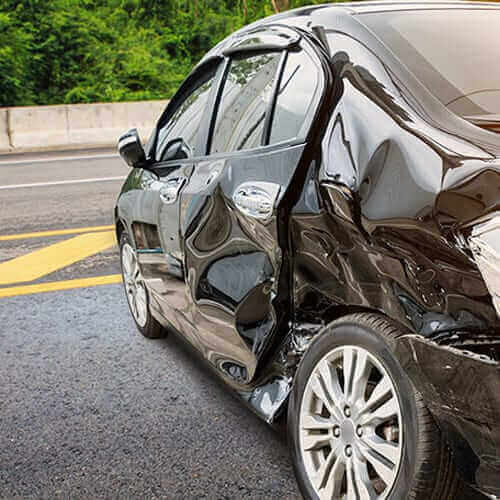

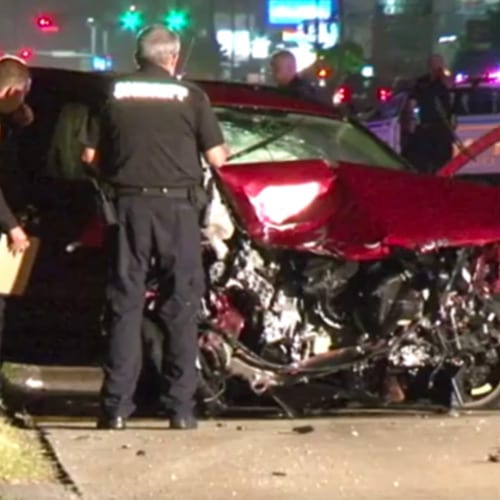
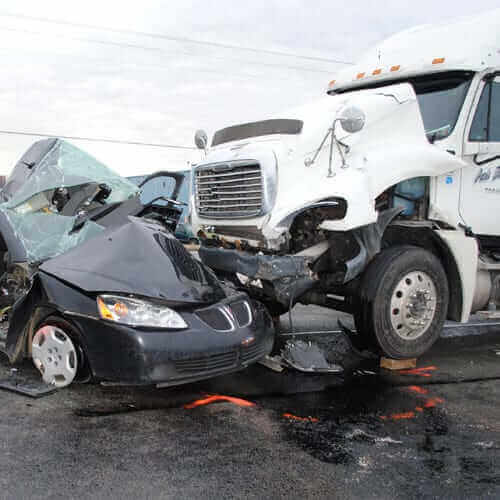
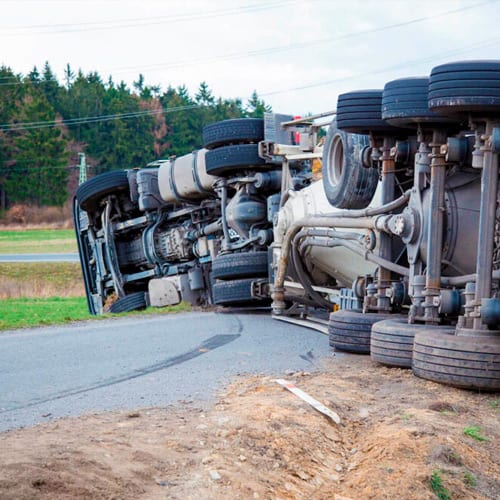

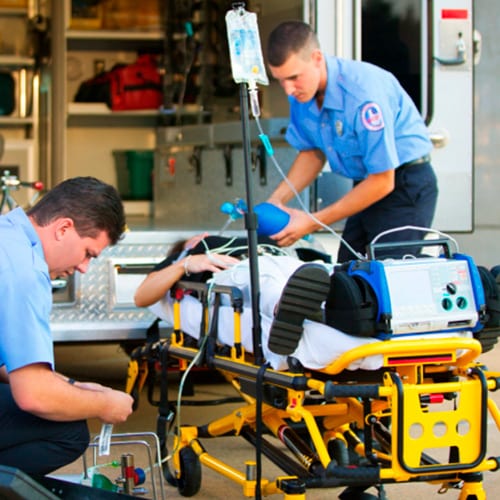
Our Awards



What Past Clients Are Saying
In Need Of Compensation?
Let us – at no cost to you – evaluate your situation so you can be sure. We don’t get paid unless you do. Call or reach out today to speak to an attorney with no obligations.
